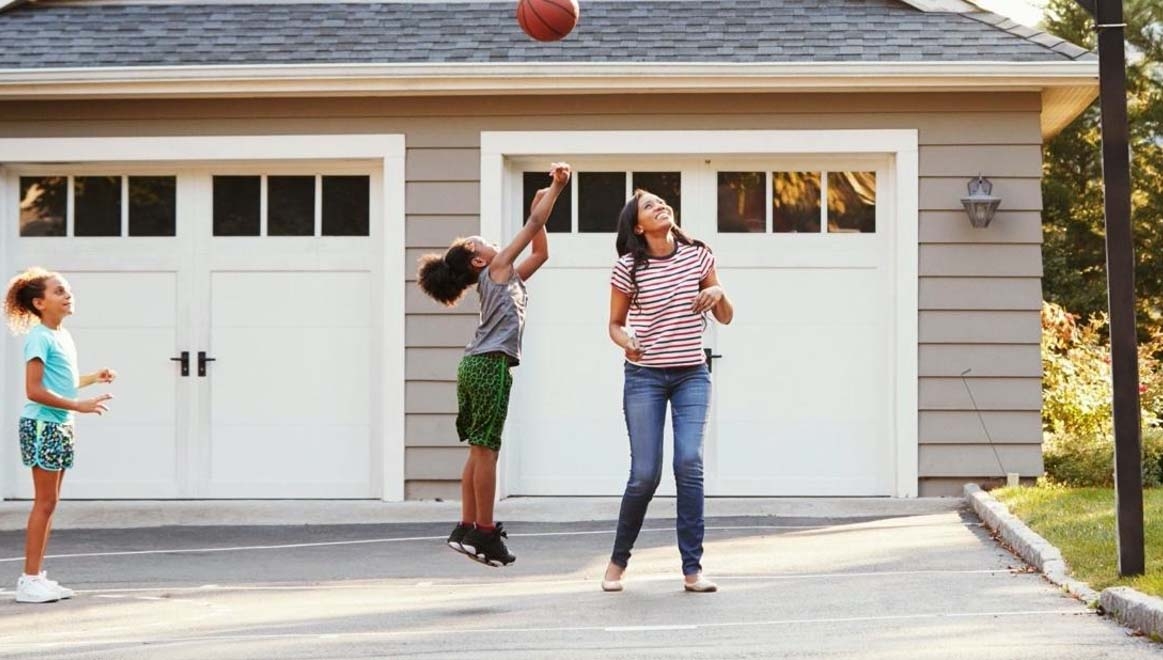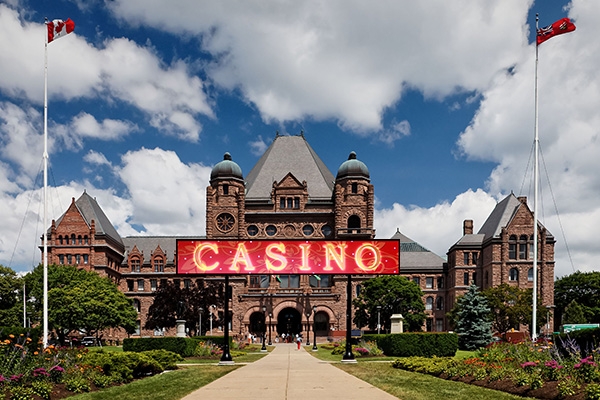
Step-by-Step Guide to Repairing Your Interlocking Pavers
Interlocking pavers are a popular choice for outdoor flooring due to their durability and aesthetic appeal. However, over time, these pavers may become damaged or loose, requiring repair to maintain the integrity of the surface.Hiring an interlocking contractor to repair your pavers ensures that the job is done efficiently and effectively, saving you time and effort in the long run.
Repairing interlocking pavers is essential to prevent further damage and safety hazards. By addressing issues promptly, you can prolong the lifespan of your outdoor flooring and save on costly replacements. Whether your pavers are cracked, sunken, or dislodged, proper repair techniques can help restore them to their original condition.
Benefits of Repairing Interlocking Pavers
Repairing interlocking pavers offers a multitude of benefits for both the aesthetic appeal and structural integrity of your outdoor space. By addressing any damage promptly, you can prevent further issues from arising and extend the lifespan of your pavers. Additionally, repairing interlocking pavers can enhance the overall appearance of your patio, driveway, or walkway, making it more visually appealing and inviting. Properly maintained pavers can also increase the value of your property and create a safer environment for you and your family to enjoy. Overall, the benefits of repairing interlocking pavers far outweigh the initial investment of time and resources, providing you with a durable and attractive outdoor surface for years to come.
Tools and Materials Needed for Repair
To successfully repair interlocking pavers, you will need a few essential tools and materials. These include a rubber mallet for tapping the pavers into place, a chisel or screwdriver for removing damaged pavers, a broom for cleaning debris, a shovel for digging up pavers, a level for ensuring proper alignment, and a plate compactor for compacting the base material. Additionally, you will need replacement pavers that match the existing ones in size, shape, and color. Other materials required for the repair process include sand or gravel for the base, polymeric sand for filling in the gaps between pavers, and a sealer to protect the pavers from stains and weather damage. It is important to have all these tools and materials on hand before starting the repair project to ensure a smooth and efficient process.
Assessing the Damage to Interlocking Pavers
Before beginning the repair process on your interlocking pavers, it is crucial to assess the extent of the damage to determine the appropriate course of action. Start by visually inspecting the pavers to identify any cracks, chips, or loose pieces. Walk over the surface to check for any areas that feel uneven or sunken.
Next, use a screwdriver or similar tool to gently tap on the pavers. A hollow sound indicates that the paver may be loose or not properly set in place. Additionally, check the edges of the pavers for any signs of shifting or misalignment.
Pay attention to any areas where weeds or grass may be growing between the pavers, as this could indicate gaps that need to be filled. Take note of any oil stains, mold, or other forms of discoloration that may affect the appearance of the pavers.
Cleaning the Interlocking Pavers
Before beginning the repair process, it is essential to thoroughly clean the interlocking pavers to ensure a proper bond with any new materials. Start by removing any debris, dirt, or weeds that may have accumulated between the pavers. A stiff-bristled broom or a pressure washer can be used to sweep or wash away the surface dirt. For more stubborn stains or dirt buildup, a mixture of water and mild detergent can be applied and scrubbed with a brush. Rinse the pavers thoroughly with clean water to remove any soap residue. It is crucial to allow the pavers to dry completely before proceeding with any repairs to prevent trapping moisture beneath the surface. By cleaning the interlocking pavers effectively, you will create a clean and stable foundation for the repair work, ensuring a successful and long-lasting outcome.
Removing and Replacing Damaged Pavers
When it comes to repairing interlocking pavers, one crucial step is the removal and replacement of damaged pavers. This process requires precision and careful handling to ensure that the new pavers fit seamlessly with the existing ones. To begin, identify the pavers that are cracked, chipped, or otherwise damaged. Using a chisel and hammer, carefully break apart the damaged pavers and remove them from the designated area. Be sure to clean out any debris or old sand from the space where the pavers were removed.
Next, select replacement pavers that match the size, shape, and color of the existing ones. Place the new pavers into the vacant spaces, making sure they are level with the surrounding pavers. Use a rubber mallet to gently tap the pavers into place, ensuring a snug fit. Check the alignment and spacing of the replaced pavers to maintain a uniform and cohesive look across the entire surface.
Once all the damaged pavers have been replaced, step back and inspect the area to ensure that the new pavers blend in seamlessly with the rest of the interlocking pattern. This step is crucial in maintaining the aesthetic appeal and structural integrity of the repaired surface. Finally, proceed to the next steps in the repair process to complete the restoration of your interlocking pavers.
Re-leveling the Interlocking Pavers
To re-level interlocking pavers, you will need to ensure that the base beneath the pavers is properly compacted and stable. Start by removing the damaged pavers and then inspecting the base for any unevenness or dips. Use a compactor to firmly pack down the base, ensuring a solid foundation for the pavers to rest on.
Once the base is leveled and compacted, carefully place the pavers back into position, making sure they are flush with the surrounding pavers. Use a rubber mallet to gently tap the pavers into place, adjusting as needed to achieve a uniform surface.
After all the pavers are re-installed, go over the entire area with a compactor once again to ensure everything is securely in place. Check for any remaining unevenness and make adjustments as necessary.
Properly re-leveling interlocking pavers is crucial in maintaining the structural integrity and appearance of your paved surface. By following these steps diligently, you can ensure a smooth and durable surface that will stand the test of time or visit site for more information about interlocking.
Filling in the Gaps Between Pavers
To ensure a smooth and uniform appearance, filling in the gaps between pavers is a crucial step in the repair process. The gaps between pavers can accumulate debris and dirt over time, leading to potential issues such as weed growth and destabilization of the pavers. By filling in these gaps with a suitable material, such as polymeric sand or jointing compound, you can enhance the overall stability and aesthetics of your interlocking pavers. Properly filling in the gaps also helps prevent water from seeping underneath the pavers, which can cause shifting and erosion over time. Be sure to follow the manufacturer’s instructions when selecting and applying the filler material to ensure a durable and long-lasting repair.











